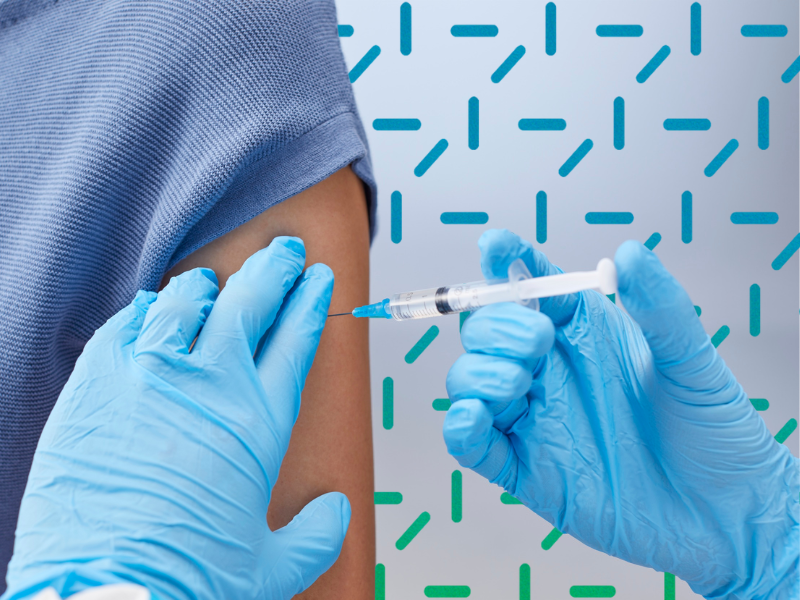Endotoxin Testing: Traditional Small Molecule Drugs vs. Biopharmaceuticals
The landscape of endotoxin testing is evolving. Traditional small molecule drugs, typically tested in simple water-based formulations, present few challenges. However, the rise and growing dominance of complex, low-volume, high-value biopharmaceuticals is putting new and greater demands on endotoxin testing professionals.
Understanding the Basics of Endotoxin Testing
Endotoxins are lipopolysaccharide (LPS) molecules derived from the outer membrane of Gram-negative bacteria. They can cause severe inflammatory responses if introduced into the human bloodstream, which makes careful monitoring critical in pharmaceutical manufacturing. Reagents based on Limulus amebocyte lysate (LAL) remain the gold standard for detecting endotoxins in pharmaceutical products [1].
Traditional Testing for Small Molecule Drugs
Small molecule drugs, typically products of synthetic organic chemistry, have dominated the pharmaceutical industry for decades. Due to the nature of the manufacturing method, the risk of endotoxin contamination is low, and uncomplex formulations containing simple excipients put little demand on standard LAL-based endotoxin testing methods. The pharmaceutical industry was comfortable that if they used an FDA-licensed, and in-house validated, quantitative chromogenic or turbidimetric LAL assay, then any endotoxin testing that they performed would be both reliable and accurate, with a low risk of producing a dangerous false negative [2]. Testing has been focused on production water alongside statistical sampling of the final product, and has generally been performed in a central laboratory, with time to results taking several hours but, more commonly, days.
Biopharmaceuticals: A Different Ball Game
Biopharmaceutical products such as monoclonal antibodies and recombinant proteins, as well as personalised and gene therapies, represent a new wave of advanced therapeutics. These are commonly produced recombinantly, which involves complex multi-step processes that result in product mixtures containing a wide range of unwanted byproducts and contaminants, often in high concentrations, from which a product must be separated and purified. Typically, the purified final product is obtained at high concentration and low, or very low, volume. A consequence of a complex and modestly yielding manufacturing process is that the final product demands a very high market value. As a result, the product used for final release testing is associated with high cost, thus testing methods that require low sample volumes are favoured [3].
The challenge with endotoxin testing is multifold. The sample matrix can include proteins, polysaccharides or particulate carriers that interfere with the LAL reaction or induce low endotoxin recovery, giving rise to false positives and, more importantly, false negative endotoxin results. Increasingly, it is recognised that conventional sampling and endotoxin testing protocols that have been successfully used to test and release small molecule products for decades are not fit for purpose when dealing with biotherapeutic manufacture [4]. There are a number of key reasons for this change in attitude:
Bio-products are, by their nature, more susceptible to endotoxin contamination
Manufacturing processes are likely to comprise multiple processing steps. To minimise the risk of downstream failure, the ability to rapidly test between process steps is essential to avoid production delays and minimize time-in-tank. In-process monitoring of endotoxin is critical for avoiding expensive final product failures
To meet regulatory-imposed endotoxin limits, it is commonly necessary to reduce the concentration of endotoxin in the product by several orders of magnitude. This can require multiple endotoxin-removal steps, the efficiency of each step being based on pre- and post-process endotoxin tests. Any delay in production arising from such in-process testing must be minimal. Therefore, the test should be reliable, easy to use and fast.
Final product volumes can be extremely low and of very high value. Conventional 100uL scale endotoxin testing is, at best, expensive and, at worst, commercially impractical.
Bioproducts are not always compatible with conventional chromogenic or turbidimetric endotoxin assays. The extremely high dilution factors required to enable detection can compromise MVD and greatly limit the usefulness of data.
The Need for Rapid, In-Process Solutions
Biopharmaceutical manufacturing demands speed and precision. Delays in batch release due to endotoxin test turnaround times can significantly affect operational efficiency and cost. This is especially problematic for therapies with short shelf-lives or that are manufactured on demand.
Traditional 2–3 hour LAL assays do not align with real-time decision making in modern bioproduction, whilst the well-established and market-dominant existing cartridge-based chromogenic instruments struggle to deal with the highly light-scattering and absorbing nature of many biopharmaceuticals [5].
CMD’s Vision for Endotoxin Testing Innovation
At CMD, we recognize the critical transition the industry is undergoing. As biopharmaceuticals increasingly dominate drug pipelines, testing paradigms must shift. CMD is investing in smarter, faster endotoxin detection platforms designed to meet the unique challenges of biologics. CMD’s unique and proprietary 850 nm magneto-optical detection technology delivers best-in-class time to result, sensitivity and reliability. As a consequence of operating in the near infrared, the CMD 𝜶BET® system is inherently and uniquely robust to the majority of optical interferences that typically manifest outside of the near-infrared ‘window of opportunity’. The 𝜶BET® delivers fast, reliable and precise endotoxin data using a fraction of the reagent (7 uL) and sample (14 uL) volumes used by traditional endotoxin assays. Critically, this improvement in performance and robustness is delivered at a fraction of the cost of other cartridge devices.
Whether you are working with traditional pharmaceutical products, healthcare waters or sophisticated biopharmaceuticals, our BET testing solutions are built to empower confidence in product safety at every stage of production.
References
USP <85> Bacterial Endotoxins Test.
European Pharmacopoeia 2.6.14: Bacterial Endotoxins.
Walsh, G. (2018). Biopharmaceutical benchmarks. Nature Biotechnology.
Dubczak, J. et al. (2015). Overcoming Interference in Endotoxin Testing of Biologics. BioProcess International.
Dubczak, J., & Zhou, L. (2020). Use of Recombinant Factor C for Rapid Endotoxin Testing in Biologic Manufacturing. PDA Journal of Pharmaceutical Science and Technology.

